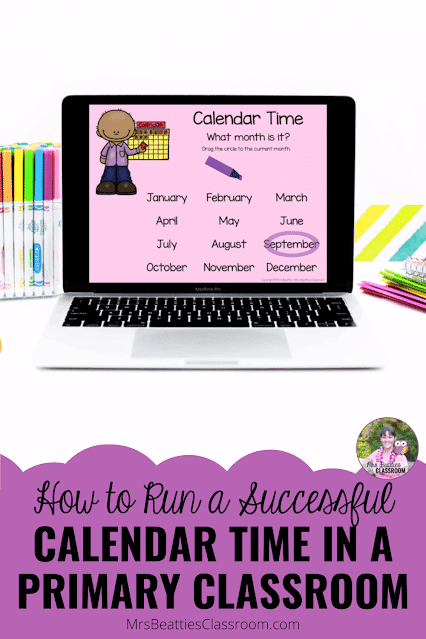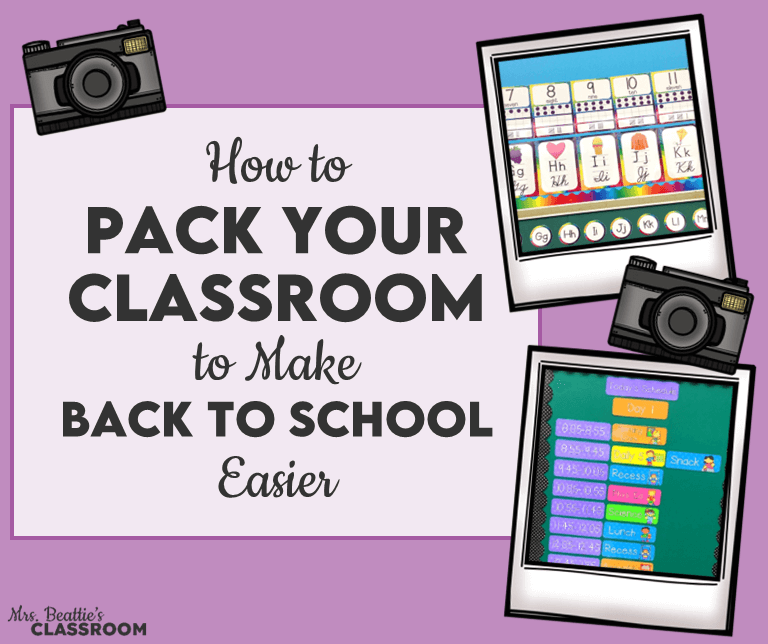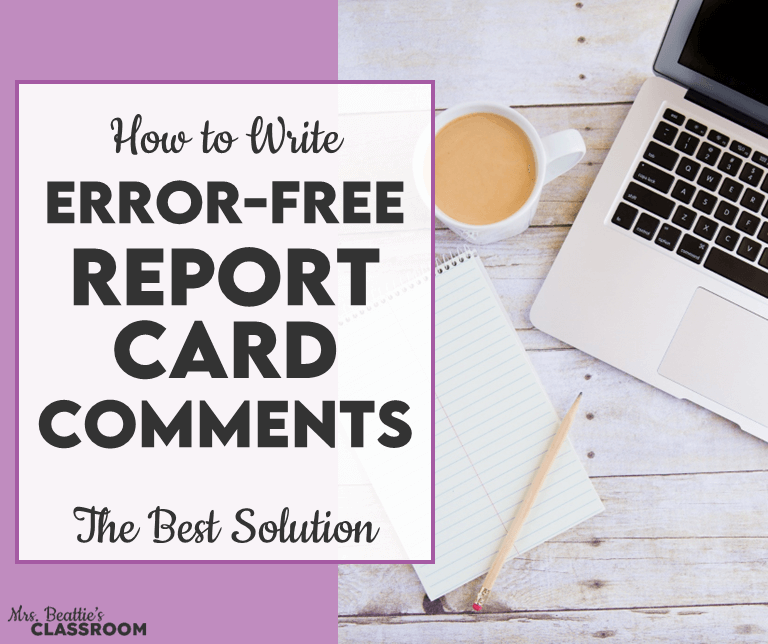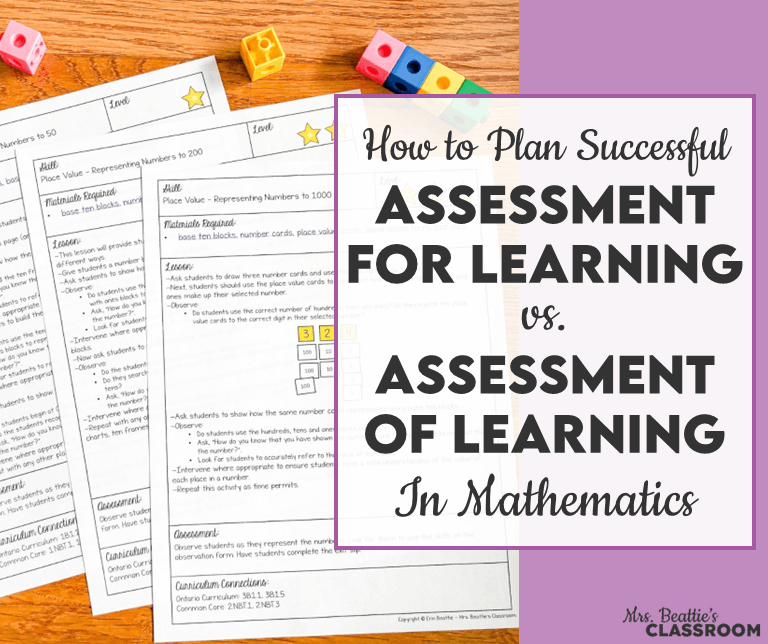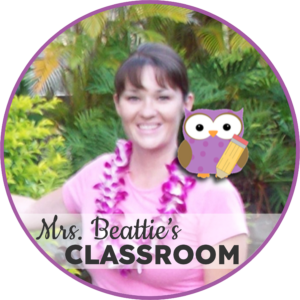Is running a calendar time in your primary classroom a practice of the past? I don’t think so. Having a calendar math program is a great way to introduce, consolidate, and perfect some critical math skills, setting your students up for future success.
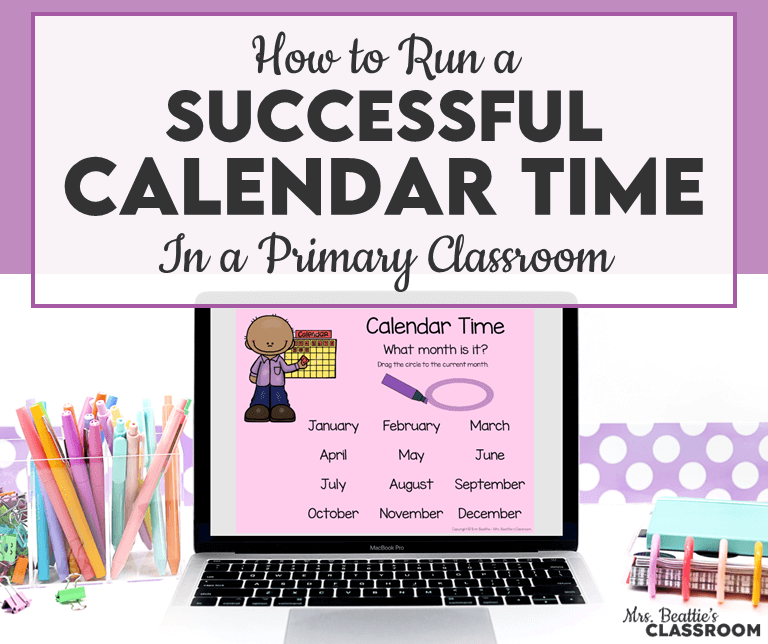
What is a calendar time routine?
In my classroom, calendar math time was a warm-up to our math block each day. It was an opportunity for my students to gather with me on the classroom carpet and talk about math. It was interactive and quick, leaving no time for students to get bored or distracted, and because of its spiraled nature, it helped my students thoroughly learn some challenging math concepts.
Why focus on calendar math?
A good calendar-time program sets the stage for your students to learn many essential math skills. Because the content is spiraled and students see it daily, they have many opportunities to practice and consolidate skills over the school year. This is far better than teaching a concept in a unit that won’t be revisited again until the fall or winter of the next grade.
A well-planned calendar math program allows you to teach:
- patterns,
- place value and number sense
- operations
- money
- measurement
- data management
- probability
- social-emotional learning skills
The possibilities are limitless when you consider the value of the conversations you can have during calendar time and how students will see math in real-world contexts!
What to Teach During Calendar Time
As I’ve mentioned, making math the focus is a no-brainer, but I also include some life skills. Let me walk you through my routine.
To begin, we would sing a song about the months of the year. Many options are available for free on YouTube if you don’t already have a little tune. I’d have a student identify the current month on the interactive whiteboard by dragging the circle to it.
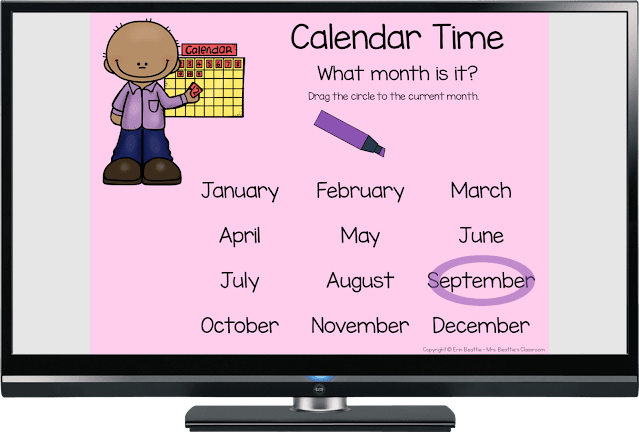
On the next slide, I’d have the calendar ready to go. I have always added the date numbers with the students but have a calendar image already placed before we begin.
I create a pattern each month, beginning with simple one-attribute patterns at the beginning of the year and moving into complex patterns with two or more attributes by the end of the year. My students learn to identify and name the pattern core and the changing attributes and predict future terms. They also learn to notice the way patterns behave on the calendar grid. For example, an AB pattern will create diagonal lines.
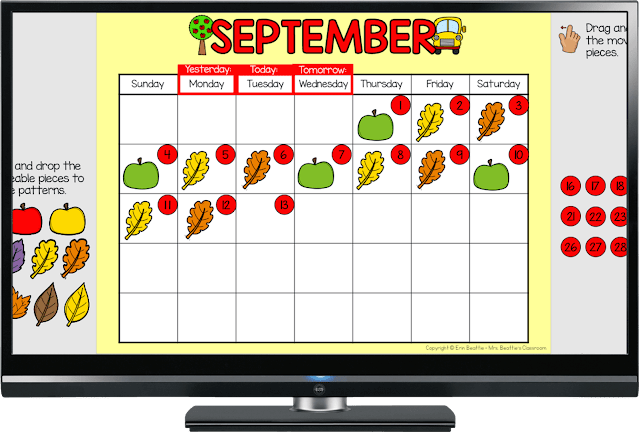
Next, I’d discuss the weather and season. Whether you spend time on this depends on the grade you teach and the curriculum you follow. Our math curriculum has changed since I last taught primary grades, and temperature is no longer addressed. It is, however, an important life skill, and there’s no harm in speaking to it briefly. I also include interactive activities in this section to get students directly involved by manipulating the moveable pieces. This is a great way to keep students focused!
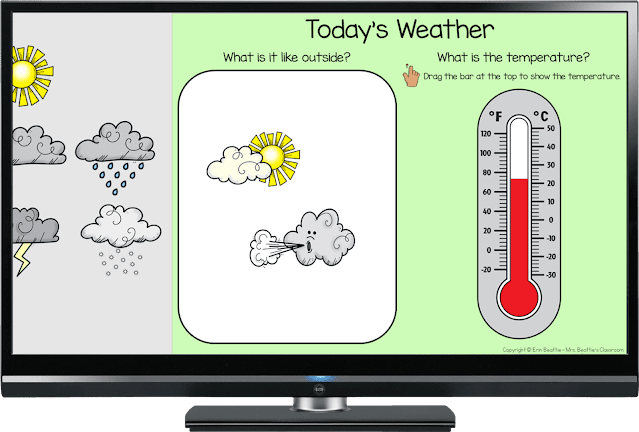
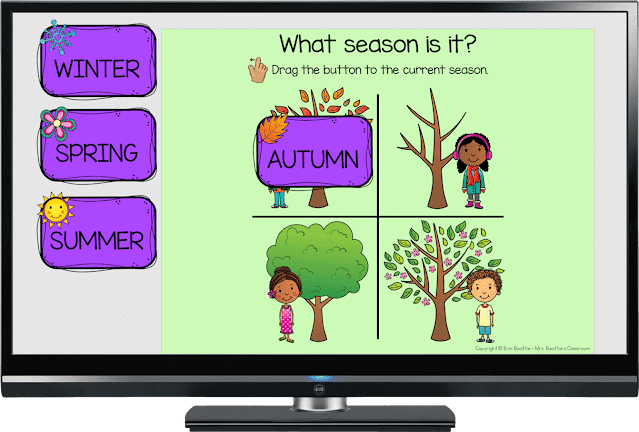
After this, I’ve included an emoji choice board for my students to use as a discussion starter. This is a great way to break up the calendar session and re-engage students by encouraging conversation with “elbow buddies” about how they’re feeling today. This is also a great place to include some of the social-emotional learning skills that are now part of the Ontario Math Curriculum!
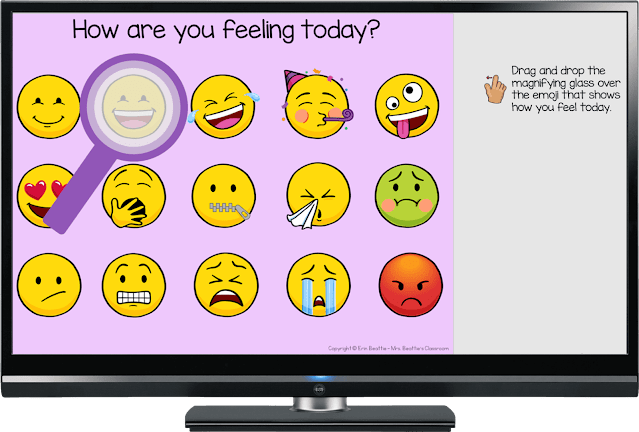
Now we’re at the meat of the calendar math program—the math! I began with a “Number of the Day” routine. This is completely flexible, depending on the grade level you teach. I always started the year using numbers from the previous grade’s curriculum and worked toward larger numbers as my students consolidated their skills. Tip: Bring the students up to do the writing or typing!
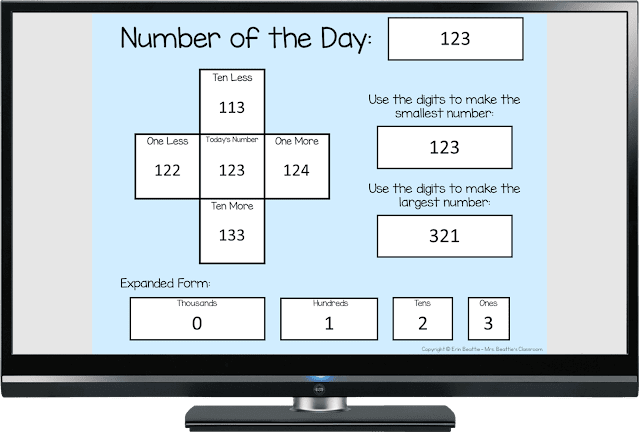
Once we discussed the number’s place value, we identified it on a number line. Students can use a drag-and-drop flag to show the number here. I’ve included several ready-to-go lines with various scales, both with and without commas.

After this, we represent the number again using base ten blocks. There are many opportunities to explore numbers and value by building multiple representations of the number, showing the greatest and least number of blocks possible to create the number, or illustrating regrouping. Again, get the students up to do this. There’s no better way to keep them engaged than with the possibility of coming up to do the dragging and dropping!
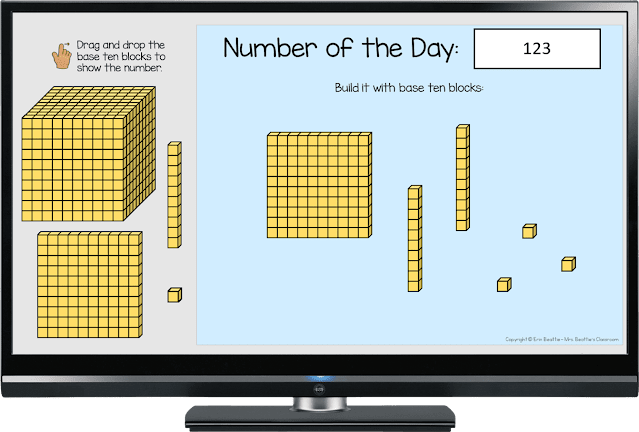
Next, we express the Number of the Day as a money amount. You can decide how to do this based on your students’ needs and the curriculum you follow. For example, the Number of the Day 125 could be represented as 125 cents, 125 dollars, or even one dollar and twenty-five cents. Again, there are opportunities here to teach students how to regroup money amounts to represent them in different ways or even make purchases and calculate change! The students LOVE moving the pieces on this page!

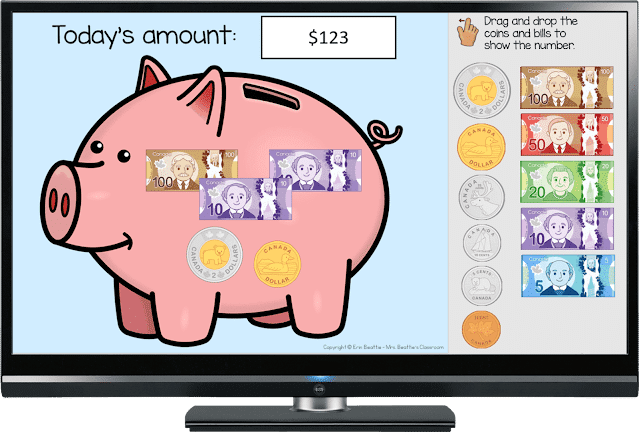
To begin wrapping up the calendar time routine, we add to our count the number of school days we’ve spent together. This is a great place to practice skip counting by 2s, 5s, or 10s!
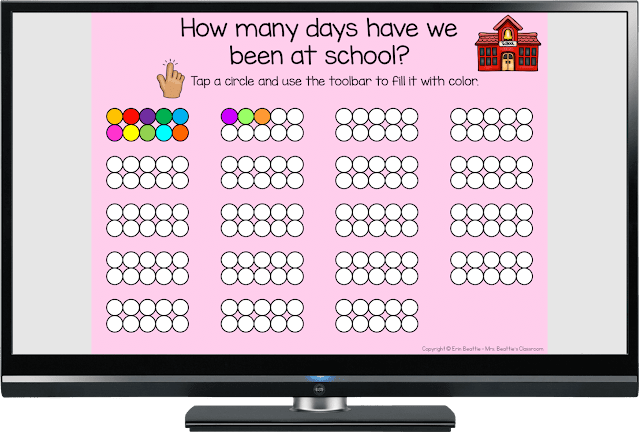
Finally, what better time to celebrate your students than by recognizing birthdays?! This is a place where you can add all student birthdays at the beginning of the year. You can use it by discussing whose birthday is next, figuring out how long until the next birthday, or even as a launchpad for a graphing activity!
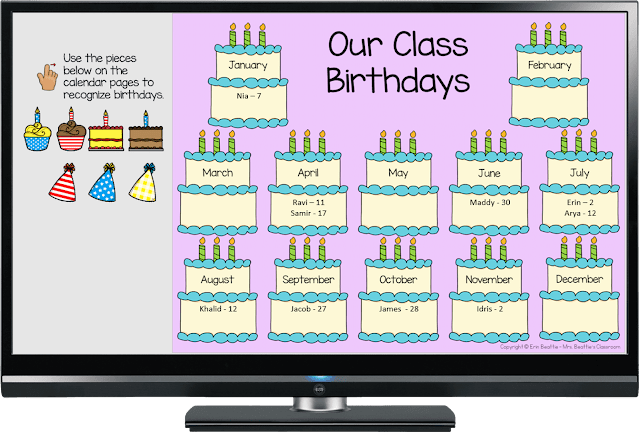
Depending on the depth of your conversations, this entire routine should take less than 20 minutes. On some days, I will spend more time looking at multiple representations; on others, we’ll stick to the basics and move on. The daily review and conversation have proven to be the most valuable and much better than paper-and-pencil morning work, “busy work.”
I hope this helps you see the value of having calendar time in your primary classroom. The possibilities are endless, and the learning you’ll see happen over the year will convince you.
If you’d like to get started today in your classroom, grab my Calendar Math resource for Google Slides and PowerPoint by clicking the image below:
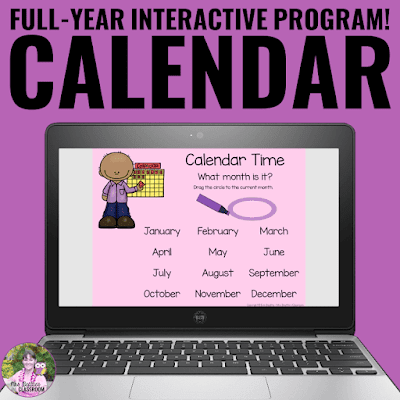
If you’ve enjoyed this post, please share it with friends and colleagues on Facebook or pin it on Pinterest:
